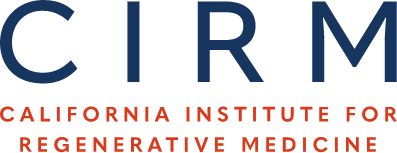Development of a Chondrogenic Drug Candidate Targeting Cartilage-residing Mesenchymal Stem Cells for the Treatment of Osteoarthritis
Osteoarthritis (OA) is the most prevalent musculoskeletal disease affecting nearly 27 million people in the United States, and is the leading cause of chronic disability in the United States. Current…



